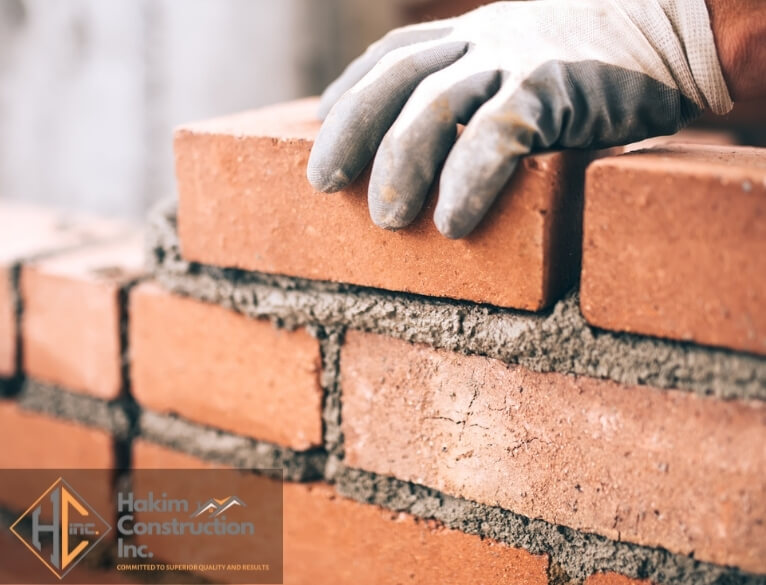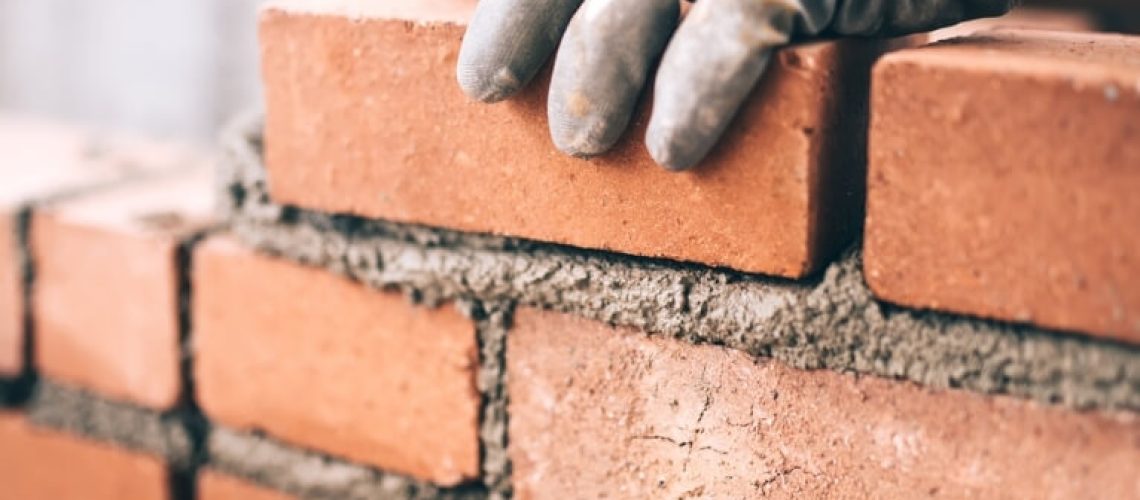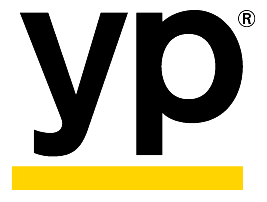Beyond the imposing facades and graceful arches of masonry structures lies a hidden world of meticulous craftsmanship. Here, the spotlight shines on pointing, an often-overlooked element that plays a crucial role in safeguarding the strength, beauty, and longevity of brick and stone buildings. This article delves into the secrets of pointing, answering your burning questions and unveiling its fascinating essence.
Table of Contents
ToggleWhat is Pointing? A Stitch in Time for Masonry Walls
Imagine the intricate veins and arteries that keep a living organism thriving. In a similar vein, pointing acts as the circulatory system of a masonry structure. It is the art of filling and finishing the joints between bricks or stones with specialized mortar, a mixture of cement, sand, and water. Unlike mere decoration, pointing serves as a vital stitch in time, protecting the building from water infiltration, structural deterioration, and premature decline.

Why is Pointing Important? A Shield Against Time and Weather
Think of a cracked windshield left unrepaired. The tiny fissure can quickly spread, compromising the entire pane. The same logic applies to masonry. Unpointed joints act as gaping wounds, inviting water, the silent saboteur, to seep in. This water weakens the core, fosters mold and mildew, and can even lead to cracks and structural failure. Pointing, therefore, dons the armor of a waterproof shield, deflecting rain, snow, and wind that threaten the building’s integrity.
But its benefits extend beyond defense. Pointing acts as a structural reinforcement, distributing loads more evenly across the masonry elements. Imagine it as adding invisible support beams, binding the building together into a unified whole. This not only prevents new cracks but also extends the lifespan of the structure, allowing it to stand tall for generations to come.
Facing the Facades: Unveiling the Different Types of Pointing in construction
Pointing isn’t a one-size-fits-all affair. Different styles offer unique aesthetic and functional benefits, adding personality and character to each masonry masterpiece. Let’s embark on a tour of this artistic palette:
Flush Pointing: The minimalist of the bunch, creating a seamless surface that blends seamlessly with the bricks for a sleek, modern look.

Recessed Pointing: This style sets the mortar back from the brick face, casting a defined shadow line and accentuating the individual bricks, perfect for highlighting textured brickwork.

Weathered Pointing: Sloping outwards like a protective brow, this style channels water away from the wall, ideal for historical structures and exposed walls in harsh weather conditions.

Beaded Pointing: Adding a touch of elegance, this decorative style features a rounded protrusion that catches the light and adds visual interest to the wall.

Beyond the Surface: A Deep Dive into the Pointing Process
Pointing may seem like a simple act of applying mortar, but it’s an intricate dance of preparation, application, and finishing. Skilled masons, the custodians of this craft, follow a meticulous process:
Joint Preparation: The groundwork is crucial. Masons meticulously clean and rake the joints, removing any debris or loose mortar to ensure proper adhesion for the new mortar.
Mortar Magic: Using specialized tools like pointing trowels, they mix the mortar to the right consistency and carefully fill the joints, ensuring consistent application and pressure.
The Finishing Touch: This is where artistry meets function. Masons use specialized tools like joint rakes and pointing tools to shape and smooth the mortar, achieving the desired style and ensuring a watertight finish.
FAQ: Pointing Demystified
How often should pointing be done?
The frequency depends on factors like the type of mortar, environmental exposure, and the overall condition of the structure. Typically, repointing is needed every 50-100 years for traditional mortar, while modern materials may require less frequent attention.
Can I repoint my own walls?
Small, cosmetic pointing repairs can be attempted by DIY enthusiasts with proper guidance and training. However, extensive or structurally critical pointing work should be entrusted to skilled masons.
How much does pointing cost?
The cost varies depending on the size of the project, the type of mortar used, and the complexity of the work. Expect to pay anywhere from $5 to $20 per square foot.
Beyond Bricks and Mortar: The Future of Pointing
The world of pointing isn’t stuck in the past. Advancements in material science and construction techniques are leading the way towards even more durable and versatile solutions:
Polymer-based Mortars: These innovative materials offer increased flexibility and crack resistance, ideal for areas prone to earthquakes or extreme weather events. [Link to article on polymer-based mortars] Their self-healing properties offer the promise of low-maintenance structures, potentially reducing the frequency of repointing in the future.
Sustainable Strategies: Eco-conscious masons are increasingly embracing sustainability in their pointing practices. Recycled materials are being used in mortar mixes, and techniques like lime washes and bio-based binders offer environmentally friendly alternatives to traditional methods. [Link to article on sustainable pointing practices]
Automated Pointing Robots: Imagine robotic arms wielding miniature trowels, applying mortar with precision and efficiency. This technology is still in its early stages, but it holds promise for faster and more cost-effective pointing projects, particularly for large-scale restorations.

3D Printing for Pointing: The future may hold 3D printers that can precisely apply custom-designed mortar to damaged joints, offering a faster and more precise method for repairs. This technology could lead to a new era of personalized pointing, tailored to the specific needs of each building.
Conclusion: A Legacy Forged in Mortar
From the grand castles of ancient Europe to the modern skyscrapers of today, pointing has left its mark on architectural history. By understanding and appreciating this crucial craft, we not only safeguard the structures of the past but also pave the way for a future where our buildings stand strong and beautiful for generations to come.
Pointing is more than just a construction technique; it’s a testament to human ingenuity, a silent whisper of craftsmanship that echoes through the ages. So, the next time you admire a brick building or wander through a stone archway, remember the unsung heroes behind their enduring strength and beauty – the skilled masons and the art of pointing that binds it all together.







